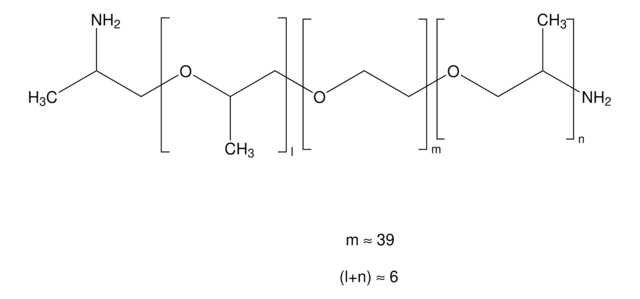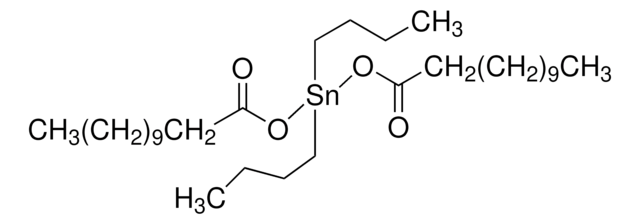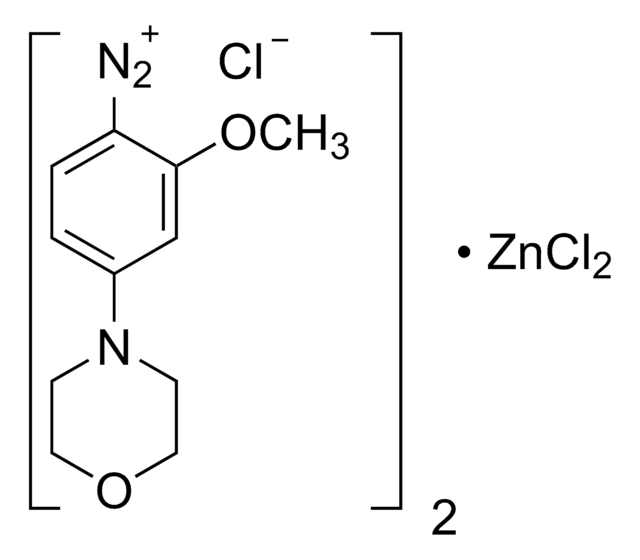202320
Poly(propylenglycol)
average Mn ~1,000
Synonym(e):
PPG, Poly-(propylenoxid)
About This Item
Empfohlene Produkte
Dampfdichte
>1 (vs air)
Qualitätsniveau
Dampfdruck
<0.01 mmHg ( 20 °C)
Mol-Gew.
average Mn ~1,000
Enthält
130-190 ppm proprietary phenolic antioxidant
Brechungsindex
n20/D 1.449
Viskosität
150 cSt(25 °C)(lit.)
Hydroxylzahl
111 mg KOH/g
Löslichkeit
water: miscible (completely)
Dichte
1.005 g/mL at 25 °C
SMILES String
CC(O)CO
InChI
1S/C6H14O3/c1-5(8)4-9-6(2)3-7/h5-8H,3-4H2,1-2H3
InChIKey
DUFKCOQISQKSAV-UHFFFAOYSA-N
Suchen Sie nach ähnlichen Produkten? Aufrufen Leitfaden zum Produktvergleich
Verwandte Kategorien
Allgemeine Beschreibung
Anwendung
- As a precursor to synthesize multiblock thermo-responsive smart polymers for various biomedical applications. The presence of PPG is the main reason for the thermosensitivity of these polymers. For example, it can be used to synthesize poly(ester urethane)s.
- For the surface modification of sisal fiber to enhance nucleating ability.
Lagerklassenschlüssel
10 - Combustible liquids
WGK
WGK 1
Flammpunkt (°F)
445.0 °F - closed cup
Flammpunkt (°C)
229.44 °C - closed cup
Persönliche Schutzausrüstung
Eyeshields, Gloves
Hier finden Sie alle aktuellen Versionen:
Besitzen Sie dieses Produkt bereits?
In der Dokumentenbibliothek finden Sie die Dokumentation zu den Produkten, die Sie kürzlich erworben haben.
Kunden haben sich ebenfalls angesehen
Unser Team von Wissenschaftlern verfügt über Erfahrung in allen Forschungsbereichen einschließlich Life Science, Materialwissenschaften, chemischer Synthese, Chromatographie, Analytik und vielen mehr..
Setzen Sie sich mit dem technischen Dienst in Verbindung.






